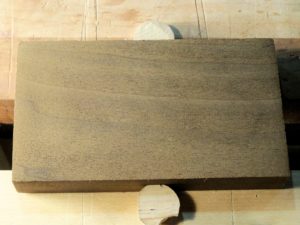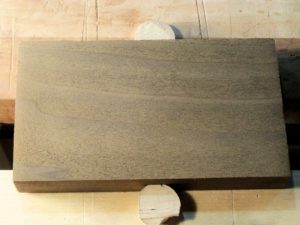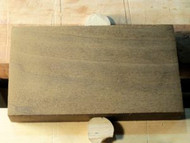Abrasive Choices
06 16 2015
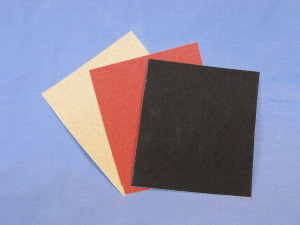
While it might seem simple at first glance, choosing the proper sanding supplies for your application can actually be fairly complex. You need to decide the grits you will need, the backer that will perform best and even the type of abrasive used (usually a mineral) needs to be determined.
In previous blog posts we have discussed grit standards used in classifying sanding supplies, the different types of backers available, and have posted several times on getting the best results with whatever sandpaper you are using. But a question came up recently about choosing the abrasive material in regard to the specific task at hand.
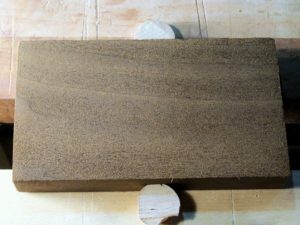
The issue was if the material being sanded should be a factor in the mineral used as the abrasive. For example, should a body shop finishing a car choose a different type of grit than a woodworker or someone restoring a fiberglass boat? And that discussion brought up the question of the finish desired. We know that wood being sanded in preparation for paint finishes with a different grit than wood to be stained. But should these choices of finish also help determine the mineral abrasive used as well?
It turns out that the abrasive material that makes up your sandpaper can affect the sheen of finishes in wood and the surface of unfinished materials. For example, in our "Quality" 2Sand.com blog of August 2012, we explained how Garnet is relatively soft and is often favored by fine furniture makers. Aluminum Oxide is much harder. The particals tend to have very sharp edges, so they create well defined peaks and valleys in the scratch pattern. These sharp edges reflect light poorly making for a low sheen on the surface.
Silicon Carbide, on the other hand, tends toward less angular particles so the peaks and valleys created are different, with sharp peaks and rounded valleys. This reflects more light, creating a finish with more gloss. Buffing compounds are often used as a final sanding finish reducing the sharpness of the peaks even more.
Wet sanding is commonly used when working in metals, fiberglass, glass and plastics. It is less common in woodworking, but in any case, wet sanding requires using sanding sheets or sanding belts fabricated to stand up when wet. This will often limit your abrasive material choices. Garnet, for example, is virtually never available in a wet/dry sandpaper.
We are really interested to hear your experiences and preferences when it comes to how you choose the sandpaper, sanding belts sanding disks or sanding rolls for the types of work you do. Feel free to share with us by commenting here on the blog, on our Facebook page, or via Twitter. -2Sand.com
